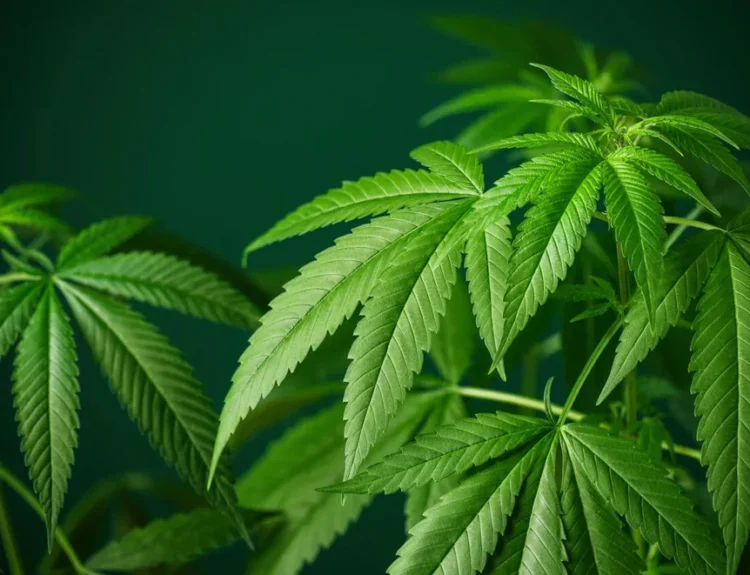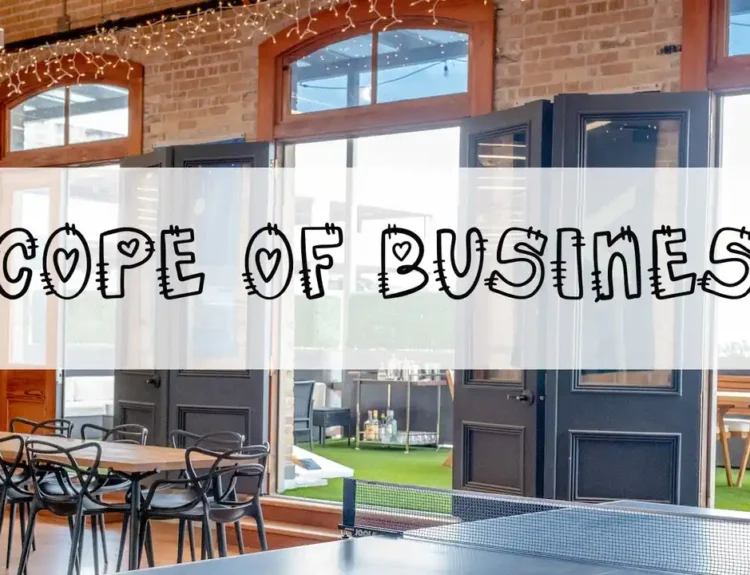Table of Contents
The allure of creating captivating fragrances and building a brand around them is undeniable. The perfume industry, blending artistry, science, and commerce, offers exciting opportunities for passionate entrepreneurs. However, navigating this complex world requires careful planning and execution. This comprehensive guide breaks down the essential steps on how to start a perfume business, transforming your aromatic vision into a thriving reality.
Understanding the Perfume Industry
Before diving into formulation and branding, grasp the landscape you’re entering. The global perfume market is vast and competitive, yet ripe with niches for distinctive brands. It spans mass-market giants, designer labels, and a rapidly growing niche/artisanal segment prized for uniqueness and quality.
Market Trends and Opportunities
Consumers increasingly seek transparency, sustainability, and personalization. Key trends include:
- Clean & Natural: Demand for non-toxic, ethically sourced, and naturally derived ingredients.
- Niche & Artisanal: Growth in small-batch, unique scents with compelling brand stories.
- Sustainability: Eco-conscious packaging, ethical sourcing, and refillable options.
- Personalization: Bespoke fragrances and scent discovery experiences.
- Digital Discovery: Online sales and social media driving brand awareness and purchases.
Identifying these trends helps pinpoint where your unique offering can fit and thrive.
Identifying Your Target Audience
Who will fall in love with your scents? Defining your ideal customer is crucial. Consider:
- Demographics: Age, gender, location, income level?
- Psychographics: Lifestyle, values (e.g., luxury, sustainability, adventure), fragrance preferences (floral, woody, fresh)?
- Shopping Habits: Where do they discover and buy perfume (online, boutiques, department stores)?
Creating detailed buyer personas guides every subsequent decision, from scent profiles to marketing channels.
Developing Your Perfume Brand
Your brand is more than a name; it’s the emotional connection you forge with customers.
Crafting Your Unique Selling Proposition (USP)
What makes your perfume business different? Your USP is your competitive edge. Ask:
- What specific problem do you solve or desire do you fulfill?
- What makes your fragrance creation process unique?
- How do your values (sustainability, artistry, heritage) resonate?
Examples: “Handcrafted perfumes using only wild-harvested botanicals,” “Hyper-personalized AI-driven scent experiences,” “Vintage-inspired fragrances with modern eco-packaging.”
Designing Your Brand Identity
This encompasses the tangible elements that convey your brand essence:
- Business Name: Memorable, relevant, and legally available (check trademarks!).
- Logo & Visuals: Design language (colors, fonts, imagery) reflecting your brand personality (luxurious, minimalist, edgy, natural).
- Brand Story: A compelling narrative about your inspiration, mission, and the passion behind the scents.
- Packaging: Crucial in luxury perfumery. Aligns with brand identity and sustainability goals (materials, refill systems).
Consistency across all touchpoints builds recognition and trust.
Formulating Your Fragrance
This is the heart of your business – creating scents people love.
Choosing the Right Ingredients
- Essential Oils: Natural extracts from plants, prized for aroma and therapeutic properties, but volatile and expensive.
- Absolutes: Highly concentrated aromatic extracts, often from delicate flowers (e.g., Rose, Jasmine).
- Aroma Chemicals: Synthetics offering consistency, unique scents not found in nature, and cost-effectiveness. Often essential for modern perfumery.
- Solvents: Primarily perfumer’s alcohol (ethanol) to dilute the fragrance concentrate.
- Fixatives: Help slow the evaporation of the top notes, extending longevity.
Decide on your natural/synthetic balance based on brand values, cost, and desired scent profile.
Collaborating with Perfume Chemists (Perfumers)
Unless you’re a trained perfumer, partnering with experts is vital.
- Find a Perfumer/Nose: Look for fragrance houses, independent perfumers, or labs specializing in small-batch creation.
- Brief Clearly: Provide detailed briefs: target audience, scent family (e.g., floral oriental), key notes, inspiration, mood, budget, and regulatory constraints (IFRA standards).
- Develop & Iterate: Expect multiple rounds of samples (“mods”) and feedback. Testing on skin is essential as scents evolve.
- Finalize & Scale: Once perfected, ensure the formula can be consistently reproduced at scale.
Setting Up Your Business Structure
Transform your creative vision into a legal and operational entity.
Legal Requirements and Licensing
- Business Structure: Choose (Sole Proprietorship, LLC, Corporation). An LLC is often recommended for liability protection.
- Business Registration: Register your business name with your state/country.
- Licenses & Permits: Obtain a general business license, sales tax permit, and potentially a specific manufacturing permit depending on location and scale. Check local regulations meticulously.
- IFRA Compliance: Adhere strictly to International Fragrance Association safety standards for ingredient usage levels. Non-compliance is legally risky.
- Product Liability Insurance: Essential protection against potential claims.
- Trademarks: Protect your brand name, logo, and potentially distinctive bottle shapes.
Creating a Business Plan
A formal plan is your roadmap and essential for securing funding. Include:
- Executive Summary
- Company Description & Mission
- Market Analysis (Competitors, Target Audience)
- Product Line & USP
- Marketing & Sales Strategy
- Management Team
- Operations Plan (Sourcing, Manufacturing, Fulfillment)
- Financial Projections (Startup Costs, Pricing, Sales Forecasts, Profit & Loss, Cash Flow)
- Funding Request (if applicable)
Marketing Your Perfume Brand
Building awareness and desire in a crowded market is key.
Building an Online Presence
- Professional Website: Your digital flagship store. Must be visually stunning, easy to navigate, mobile-responsive, and have secure e-commerce (Shopify, WooCommerce). Include detailed product info, captivating imagery/video, and your brand story.
- SEO (Search Engine Optimization): Optimize your website content (including keywords like how to start a perfume business for relevant informational pages) to rank higher in search results.
- Content Marketing: Blog posts about fragrance notes, ingredients, lifestyle, behind-the-scenes. Builds authority and organic traffic.
- Email Marketing: Build a list and nurture leads with newsletters, promotions, and exclusive content.
Utilizing Social Media for Promotion
- Choose Platforms Wisely: Instagram and Pinterest are highly visual and ideal. TikTok for trends and storytelling. Facebook for community building.
- High-Quality Visuals: Stunning photos and videos of your products, packaging, scent inspiration, and the creation process.
- Engagement: Respond to comments, run polls, ask questions. Build relationships.
- Influencer Collaborations: Partner with micro or macro influencers whose audience aligns with yours for authentic reviews and reach.
- Targeted Ads: Use platform advertising tools to reach specific demographics and interests.
Launching Your Perfume Business
The moment to introduce your creation to the world.
Strategies for a Successful Launch
- Build Anticipation: Tease your launch via social media, email list, and potentially PR outreach.
- Soft Launch: Consider a smaller, exclusive launch (e.g., to email subscribers) to test systems and generate initial buzz/reviews.
- Grand Launch: Coordinate across all channels (website, social, email, PR). Offer a compelling launch incentive (e.g., limited edition, bundle discount, free shipping).
- PR Outreach: Pitch relevant media (beauty editors, niche bloggers, local press) with samples and a compelling press release.
- Launch Event: Host a physical or virtual event for influencers, press, and loyal followers.
Gathering Customer Feedback
- Encourage Reviews: Make it easy for customers to leave reviews on your website and relevant platforms.
- Surveys: Send post-purchase surveys asking about scent experience, longevity, packaging, overall satisfaction.
- Social Listening: Monitor social media mentions and comments for unsolicited feedback.
- Analyze Sales & Returns: Identify popular scents and reasons for returns/exchanges.
- Iterate: Use feedback to refine existing scents, improve packaging, develop new products, and enhance customer experience. Early feedback is invaluable gold.
Conclusion: Your Scented Journey Begins
Learning how to start a perfume business is an intricate blend of passion, creativity, and meticulous business acumen. From understanding the dynamic industry and identifying your niche audience to developing a compelling brand identity and crafting unforgettable fragrances through expert collaboration, each step is crucial. Establishing a solid legal and financial foundation, coupled with a strategic marketing plan that leverages digital and social channels, paves the way for a successful launch. Remember, the journey doesn’t end at launch; actively seeking and incorporating customer feedback is vital for growth and evolution. By combining your artistic vision with disciplined business planning and a deep understanding of the market, you can transform your dream of creating captivating scents into a flourishing and profitable perfume business. The path requires dedication, but the rewards of building a brand that resonates and delights the senses are truly intoxicating.






